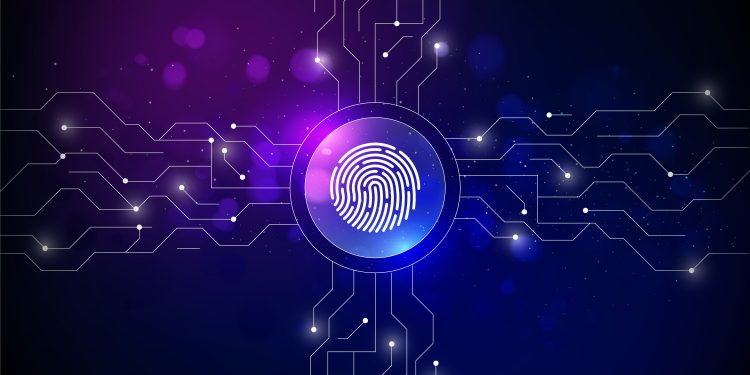Do you know $24.26 Billion was lost due to worldwide credit card payment fraud in the year 2018? As a matter of fact, retailers incur $580.5 million in debit card fraud losses and spend $6.47 Billion each year on debit and credit card fraud prevention. If we are to consider these alarming stats as mentioned here, it goes without saying that biometrics protected security is the kind of messiah the payment industry needs.
Combating fraud is the biggest concern for the payment industry worldwide. This is where the role and significance of biometrics come into play. Here’s how the phenomenon is impacting payment industry with each of these benefits and beyond.
Happy reading!
Biometrics ensure secured pin generation and transaction
The standard four-digit pins are often considered vulnerable to theft and third party intrusion. With the emergence of advanced biometric fingerprint technology, things have changed for the better.
Here’s how:
- Transactions conducted on biometric-enabled devices such as Smartphones and laptops ensure payment access via fingerprint or face recognition technologies. This eliminates the risk of vulnerabilities associated with insecure PIN generation.
- Biometric factors can be used in order to replace other authentication methods such as payments via PIN during Point of Sale transactions.
Easy-to-use functionality makes biometrics a reliable technology
The payment industry is being highly benefitted by the easy-to-use functionality factors associated with biometrics technology. Here’s how it works and makes things easier for every potential user in today’s fast-paced world.
- The cardholder is only required to press the built-in fingerprint sensor while he/she is about to use the card in the payment terminal.
- Once the biometric match is successful, your payment will be automatically authorized without requiring you to enter the PIN.
Biometric identifiers are quicker and regulate seamless transactions
The payment industry was once slowed down on grounds repetitive failed payments issues, problems concerning slow internet connection, thus delaying in payment and the likes. Biometric payment cards and the entire technology is said to foster quicker and more seamless transactions.
- Payment authentication using a biometric card is said to be quicker and easier than the process of entering a PIN or password separately.
- This, as a result, benefits both consumers and businesses with a simpler and much straightforward adaptation of payment authentication.
Biometric payments have been benefitting the education industry as well
Academic website reviewer Jason Anderson in his MyAssignmenthelp review stated, “The site indeed has a secure payment option via secured gateways such as PayPal and online banking. The chief executive of the company is gearing up to introduce biometric-enabled payment systems as well, which is again a great initiative from their end.”
Academic website reviewer Jason Anderson
This is a clear indication of the fact that the domain of E-learning and smart classrooms are not lagging behind meeting the aspect of online payment security. Thanks to the wide-ranging payment options available today, choosing your E-learning courses’ payment gateways has simply become easier.
Here are some of the most notable payment platforms used by the E-learning industry:
Thus, with so many advancements in the block and a plethora of other biometric payment technologies coming up, the payment industry is likely to earn huge revenues from the domain of education as well.
Biometric payment cards are benefiting contactless users
The payment industry comprises a generous count of contactless users. Disappointing them in the matter of seamless transactions will only bring the revenue graph of the industry down. Thus, in order to keep up with the pace, acquire and retain more consumers in the long, payment industry has embraced the use of biometric-enabled payment cards.
Here’s how the technology works.
- A communication request is placed by the payment terminal.
- The card SE gets initiated and replies to the terminal.
- The MCU gets activated and communicates with the biometric sensor in order to perform image extraction.
- The image is further evaluated, either in SE or in the MC.
- The card verification fails if there is no match.
The entire procedure is considered safe and easy to carry out. Thus, it goes without mentioning that biometric technology has proved to be one major boon for the global payment industry.
Key Takeaways
I hope this blog has put forth all major contributing factors determining the impact of biometric technology on payment industry. Here are the key takeaways you can always refer back during future endeavors.
- Biometrics ensures secured pin generation and transaction.
- Easy-to-use functionality makes biometrics a reliable technology.
- Biometric payments have been benefitting the education industry as well.
- Biometric payment cards are benefiting contactless users.
Cheers!
Author Bio: Ricky is an experienced academic website reviewer associated with the digital review platform Topassignmentreviews.com, dedicated to posting trusted essay reviews. In addition, He is a digital security blogger and enthusiastic freelance photographer, coming all the way from Houston, the United States.











